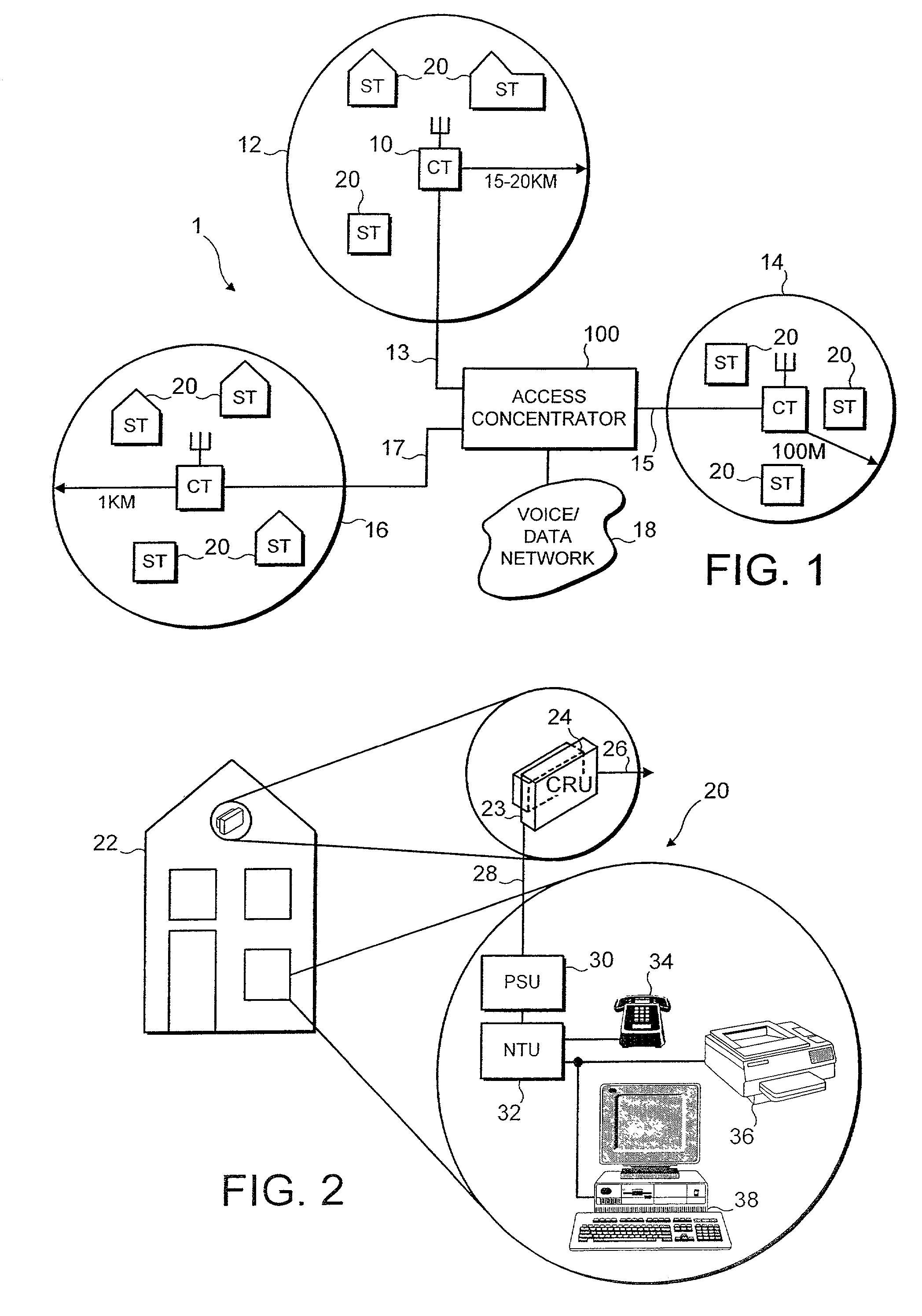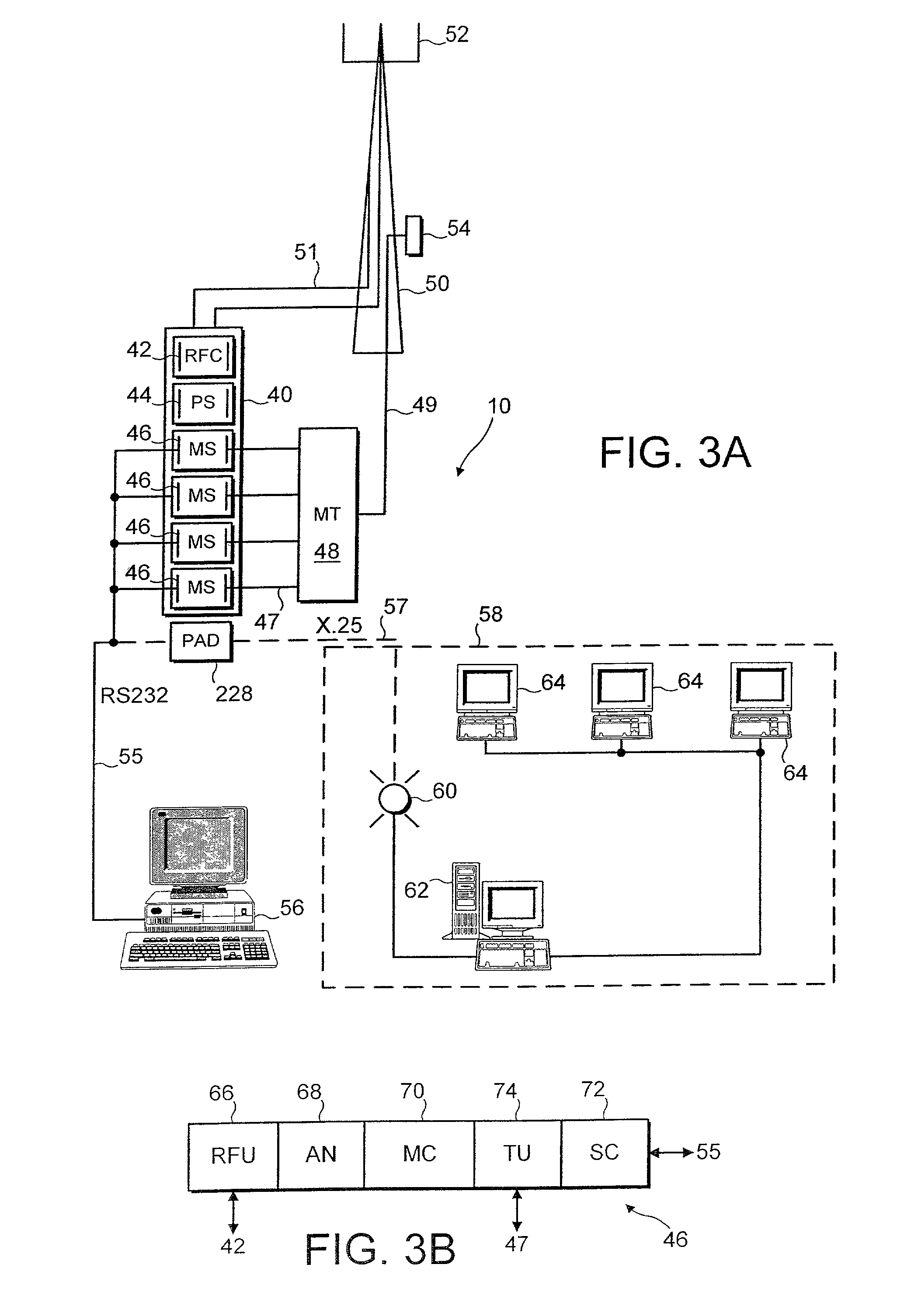Transfer of data in a telecommunications system
a technology of telecommunications system and data transfer, applied in data switching networks, high-level techniques, wireless commuication services, etc., can solve the problems of not being cost-effective to provide such processing circuitry, not being particularly efficient in handling other types of data, and significant processing circuitry required to decod
- Summary
- Abstract
- Description
- Claims
- Application Information
AI Technical Summary
Benefits of technology
Problems solved by technology
Method used
Image
Examples
Embodiment Construction
[0051] For the purposes of describing a preferred embodiment of the present invention, an implementation in a wireless telecommunications system will be considered. Before describing the preferred embodiment, an example of such a wireless telecommunications system in which the present invention may be employed will first be discussed with reference to FIGS. 1 to 3.
[0052] FIG. 1 is a schematic overview of an example of a wireless telecommunications system. The telecommunications system includes one or more service areas 12, 14 and 16, each of which is served by a respective central terminal (CT) 10 which establishes a radio link with subscriber terminals (ST) 20 within the area concerned. The area which is covered by a central terminal 10 can vary. For example, in a rural area with a low density of subscribers, a service area 12 could cover an area with a radius of 15-20 Km. A service area 14 in an urban environment where there is a high density of subscriber terminals 20 might only ...
PUM
 Login to View More
Login to View More Abstract
Description
Claims
Application Information
 Login to View More
Login to View More - R&D
- Intellectual Property
- Life Sciences
- Materials
- Tech Scout
- Unparalleled Data Quality
- Higher Quality Content
- 60% Fewer Hallucinations
Browse by: Latest US Patents, China's latest patents, Technical Efficacy Thesaurus, Application Domain, Technology Topic, Popular Technical Reports.
© 2025 PatSnap. All rights reserved.Legal|Privacy policy|Modern Slavery Act Transparency Statement|Sitemap|About US| Contact US: help@patsnap.com



